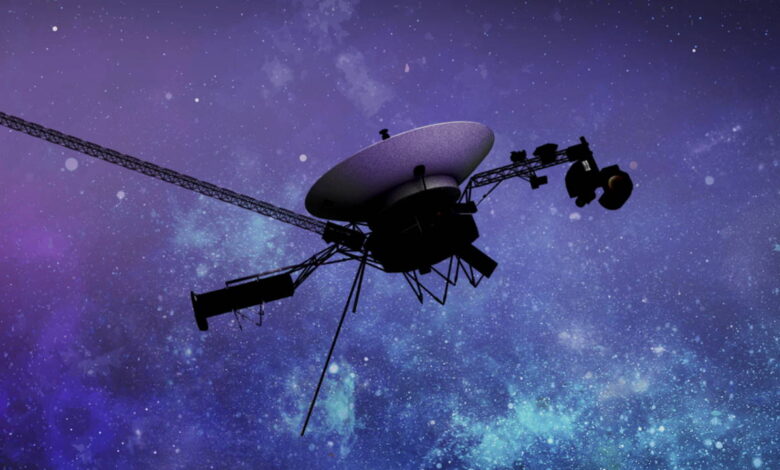NASA has fully restored Voyager 1’s science instruments

The technical problem of Voyager-1, on the solution of which specialists of the National Aeronautics and Space Administration of the USA worked for the last seven months, has been eliminated. For the first time since November 2023, the device, launched 46 years ago, sent back to Earth a complete package of data from all four scientific instruments on board the probe.
Voyager-1 is currently 162 times the distance from Earth to the Sun. It stopped sending usable data to Earth in mid-November 2023, while the rover itself continued to receive commands from Earth. All the engineers got was a nonsensical data set consisting of binary code. The cause of the defect was called a failure in the flight data system (FDS), which is responsible for “packaging” information before sending it to Earth. After multiple attempts to solve the problem, the mission team was able to move part of the software code to another section of the FDS — as a result, the long-awaited response from the probe was received.
In May, the mission team was able to receive data from two of the probe’s four science instruments — the interplanetary plasma detector and the magnetometer — for the first time in six months. On June 13, science data was received from the two remaining instruments. There are 10 scientific instruments on the probe, but six of them have already expired.
NASA notes that the work on eliminating the consequences of the failure has not yet been completed. So, the engineers have to re-synchronize the time of the on-board computers so that the device can execute commands from Earth at the right time. The device that stores the records of the plasma detector must also be serviced (usually Voyager-1 does not store the information and immediately sends it to Earth, but this data is sent to scientists twice a year).





